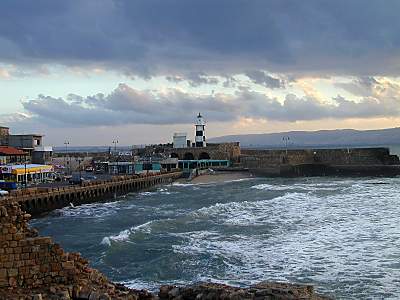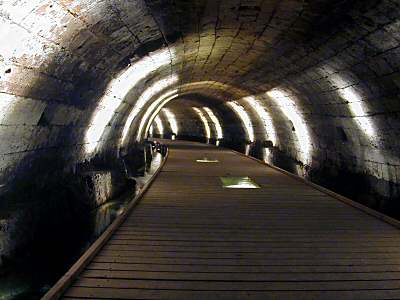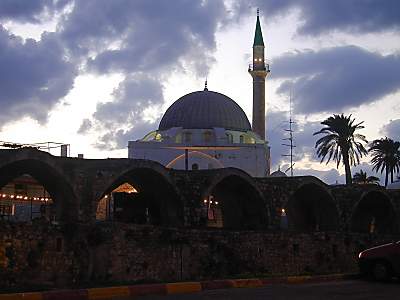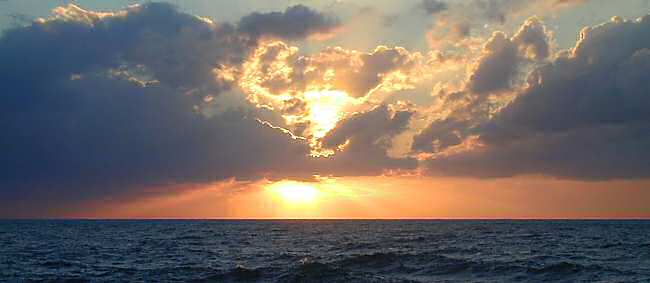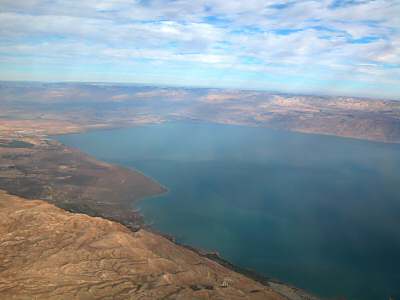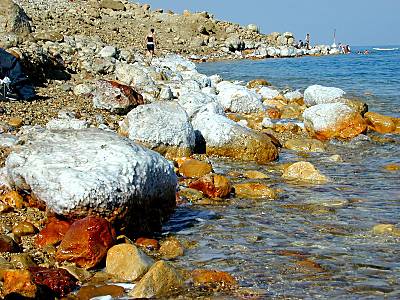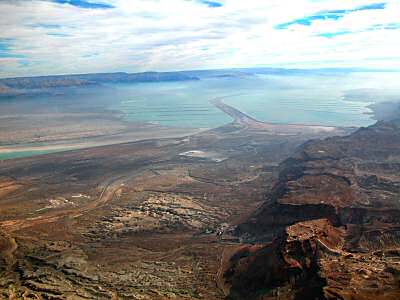Also known as et-Tell, Beth-Saida, Bethsaida Julia, Julia, Julias, Julias-Bethsaida
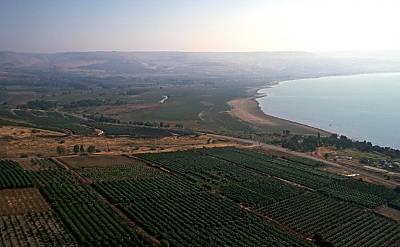 | Plain of Bethsaida The northeastern shore of the Sea of Galilee is a fertile plain where the feeding of the 5,000 likely took place. Israeli maps and excavators currently locate the New Testament city of Bethsaida at an ancient ruin known as "et-Tell." The excavation team, headed by Rami Arav, is insistent that this site be identified with ancient Bethsaida. Others suggest that Bethsaida may be better located at el-Araj near the lakeshore. |
| Aerial View There are many problems with the identification of et-Tell with Bethsaida, including:
In short, there is little to commend this site as being the Bethsaida mentioned by Josephus and the Bible. For more of the excavators' perspective, see the links below. For more evidence against this identification, see Rainey and Notley, The Sacred Bridge, pp. 356-59. | 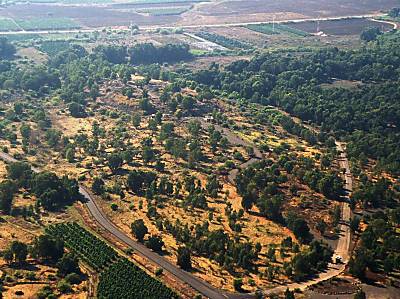 |
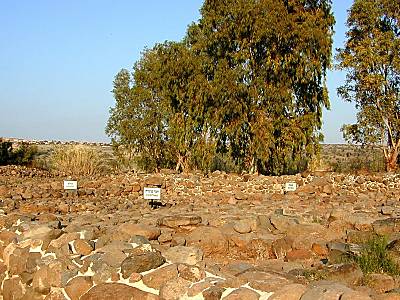 | House of the Fisherman The most impressive remains at this site are the Iron Age gate and two large Hellenistic houses. The House of the Fisherman measures 4,300 sq. feet, and is believed to be a fisherman's home based on the discovery of two types of lead net weights, a round lead weight of the so-called musket type, and a long, crooked needle. Among the coins discovered in the house were two silver didrachmae of Demetrius II. |
| House of Winemaker This house (2,700 square feet) included an undisturbed wine cellar with four complete Hellenistic jars. In addition, a gold earring with the picture of an animal was found, as well as numerous examples of expensive imported vessels. A hook and some anchors were found in the house, as were three iron sickles. | 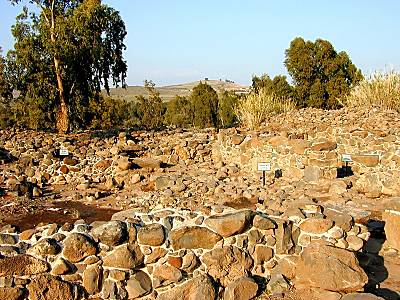 |
